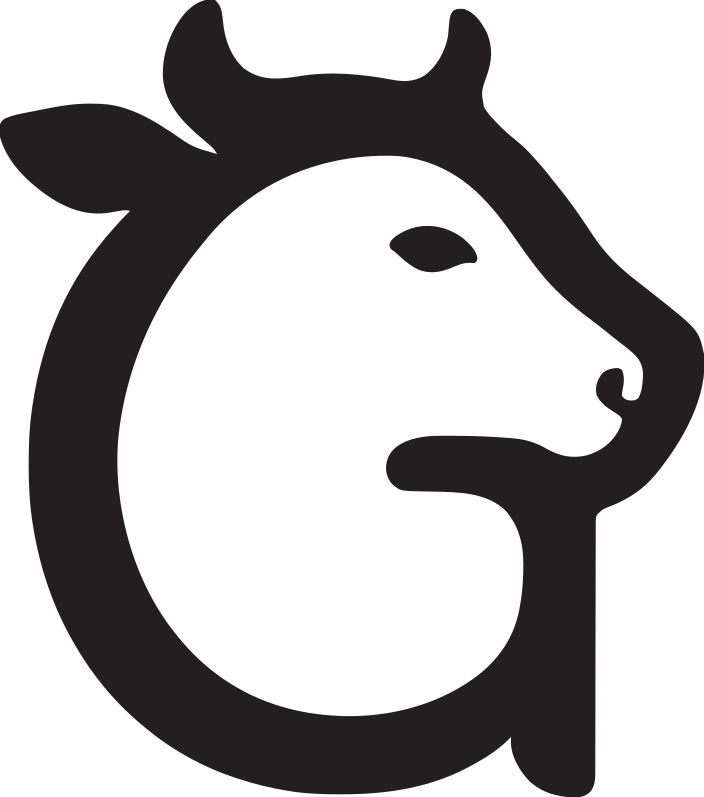Vechur Cow
Bos taurus indicus
The Vechur cow holds the unique distinction of being the world's smallest cattle breed, originating from the village of Vechur in Kerala. This remarkable breed, standing at just 87-90 cm in height, produces milk with extraordinary medicinal properties and represents one of conservation's greatest success stories. Once on the brink of extinction with only 20 animals remaining, dedicated conservation efforts have brought the population back to over 2,000 animals.

Key Highlights
World's smallest cattle breed
Milk with unique medicinal and therapeutic properties
Remarkable conservation success story
High genetic diversity and unique traits
Perfect adaptation to Kerala's tropical climate
Physical & Production Characteristics
Physical Traits
Milk Production
From Near Extinction to Conservation Triumph
The Vechur breed's history is both alarming and inspiring. Named after the village of Vechur in Kottayam district, Kerala, this ancient breed was once widespread across the region. By the 1980s, crossbreeding and preference for larger breeds had reduced the population to just 20 animals. Professor Sosamma Iype from Kerala Agricultural University led a remarkable conservation effort, establishing a breeding program that saved the breed from extinction. Today, with over 2,000 animals, Vechur represents one of the world's most successful livestock conservation stories.
Sacred Miniature of Kerala
In Kerala's culture, Vechur cows are considered auspicious and are often kept in homes for their sacred significance and medicinal milk. The breed is featured in traditional Kerala art and literature as a symbol of prosperity in small packages. Many Ayurvedic practitioners specifically seek Vechur cow milk for its therapeutic properties. The breed's conservation success has made it a symbol of hope and pride for Kerala, representing how dedicated efforts can save precious genetic heritage from extinction.
A2 Milk Health Benefits
Vechur Cow produces superior quality A2 milk with numerous health advantages
Exceptional medicinal and therapeutic properties
High bioactive compound concentration
Natural immunity-boosting capabilities
Traditional Ayurvedic medicinal uses
Rich in antioxidants and beneficial enzymes
Easily digestible with superior nutrition absorption
Conservation Status
Current Threats:
- •Limited genetic base due to near-extinction bottleneck
- •Small population size requiring careful management
- •Habitat pressure from urban development
Conservation Efforts:
- •Kerala Agricultural University conservation program
- •Government support for breed multiplication
- •Gomini adoption programs for breed preservation
- •International recognition for conservation efforts
Geographic Distribution
Help Preserve the Vechur Cow Heritage
Join thousands of families in conserving India's sacred indigenous breeds through Gomini's cow adoption program
